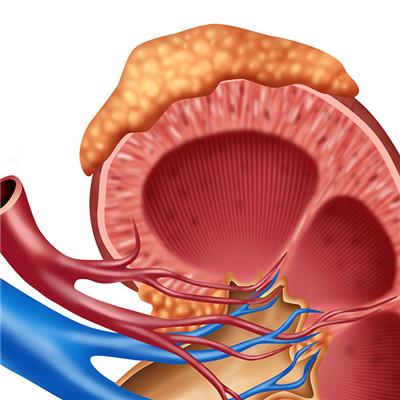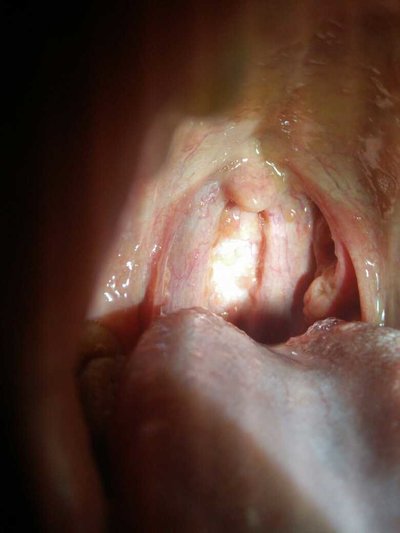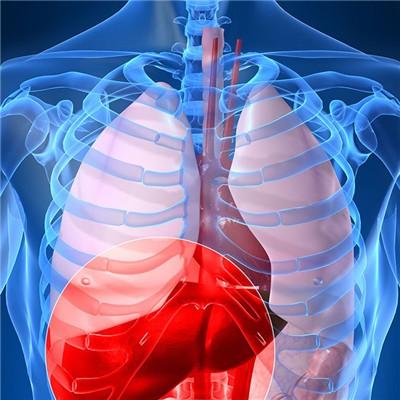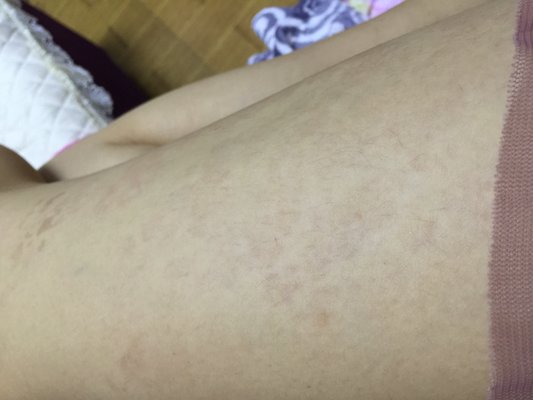Adult oral herpes symptoms?
summary
Oral herpes includes oral herpes simplex, oral herpes zoster and hand foot mouth disease. Oral herpes simplex is caused by herpes simplex virus. It is very common to infect human body. Oral cavity, skin, eyes, perineum and nervous system are often vulnerable parts. Adult oral herpes symptoms? Let's talk about it
Adult oral herpes symptoms?
Primary herpetic stomatitis is caused by HSV-I, most of which are acute herpetic gingival stomatitis. Children under 6 years old are more common, especially children between 6 months and 2 years old. It can also occur in adults. There are four periods of onset: ① prodromal stage. Before onset, there is a history of contact with patients with herpes. After 4-7 days incubation period, there were acute symptoms such as fever, headache, fatigue, general muscle pain, sore throat, swelling and tenderness of submandibular and supracervical lymph nodes. The children salivated, refused to eat and were restless. After 1-2 days, the oral mucosa, attached gingiva and marginal gingiva were hyperemia and edema. ② In the blister stage, the oral mucosa presented clusters of small blisters, similar to the size of a needle. The blister wall was thin, transparent and easy to break, forming superficial ulcer. ③ In the erosive stage, clusters of small blisters can cause extensive erosion and secondary infection. It was covered with yellow pseudomembrane. The skin around the lip and mouth may also have similar lesions, and the scab may be formed after the blister is broken. ④ During the healing period, the erosion surface gradually shrinks and heals. The whole course of the disease takes 7-10 days.

Recurrent herpetic stomatitis after the healing of primary herpes infection, recurrent damage occurs. The site of recurrent infection is near the lip, also known as recurrent labial herpes. Its clinical manifestation is: the damage always starts with multiple clustered blisters. When the lesion recurred, it was always at or near the original location. If there are prodromal symptoms, the patient may feel slight fatigue and discomfort, and soon itch, tension increase, burning pain, tingling and other symptoms will appear at the site of recurrent damage. Within a few hours, blisters appeared with mild erythema around. In general, blisters can last up to 24 hours, followed by rupture, erosion and scab. The course of the disease is about 10 days, but the secondary infection often delays healing. After healing, there is no scar, but there may be pigmentation. The factors inducing recurrence include local mechanical stimulation, cold, sunlight and so on. Emotional factors can also promote recurrence. Although recurrent herpes labialis is the most common form of the disease, a few recurrences can damage the gums and hard palate.

Oral mucosa damage: easy to occur in the trigeminal nerve distribution area, blister time is short, most of the performance for the edge of the uneven, shallow ulcer surface, the surface is covered with yellow pseudomembrane, only one side, severe toothache. There were pain, pruritus, burning sensation at the site of the eruption, and then flushing, and clusters of miliary sized papules appeared, which were arranged in strips along the affected nerves and quickly turned into blisters. The blisters could fuse into bullae. The wall of the blisters was tense, the content was clear and transparent, and gradually became turbid, even bloody and purulent. After a few days, the blisters were absorbed and dried up, and the scab was removed after 1-2 weeks, Temporary erythema or pigmentation. Generally, there is no scar and the damage does not exceed the midline.

matters needing attention
Drug treatment (1) glucocorticoid can reduce the inflammatory reaction and detumescence of the facial nerve in the acute stage, and reduce the compression of the facial nerve in the bone canal with fixed diameter, so as to reduce the degree of the facial nerve compressed by the bone canal of the facial nerve and microcirculation disturbance due to edema thickening. Therefore, glucocorticoid treatment is the primary and main drug treatment for the disease. Diabetes, tuberculosis, gastric ulcer and pregnant women should be cautious. Hypertension should be controlled. ② Antiviral drugs can interfere with herpesvirus DNA polymerase and inhibit DNA replication. Acyclovir, ganciclovir, famciclovir or valaciclovir are commonly used. ③ Neurotrophins such as vitamin B1 and vitamin B12 were injected intramuscularly or orally. ④ The drugs to improve the microcirculation of facial nerve were Ginkgo biloba extract or other drugs to dilate blood vessels and improve microcirculation by intravenous injection or oral administration. ⑤ Painkillers can be used appropriately in case of severe pain. ⑥ Other transfer factors, normal human immunoglobulin injection.












